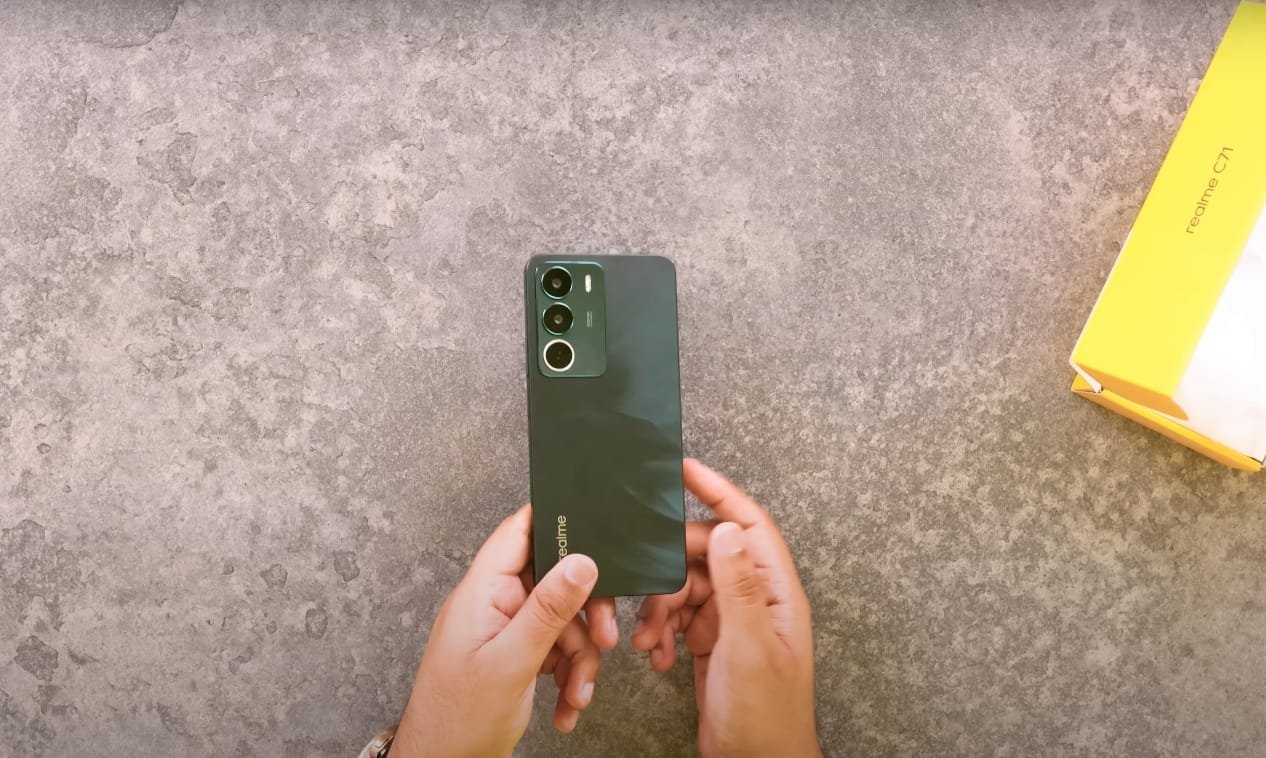What to Expect from Google’s Next Foldable Pricing
As anticipation builds for Google’s next big foldable, the Pixel 10 Pro Fold, consumers in the United States are eager to know what price tag this premium device will carry at launch. The foldable market has become increasingly competitive in 2025, with rivals like Samsung, OnePlus, and Honor pushing the boundaries of innovation and pricing. Google’s strategy with the Pixel 10 Pro Fold will likely reflect both its premium ambitions and the need to stay competitive in a rapidly evolving segment.
The current expectation places the Pixel 10 Pro Fold’s U.S. launch price around $1,799 for the base model with 256GB of storage. This pricing would align it closely with its predecessor, the Pixel Fold, and match the standard set by the Samsung Galaxy Z Fold series. Google’s approach appears to focus on maintaining a consistent premium image rather than introducing major price hikes. At this level, the Pixel 10 Pro Fold remains positioned as a luxury foldable rather than an experimental product, signaling Google’s growing confidence in the category.
However, some industry observers believe Google could surprise consumers with a slightly lower entry price to boost adoption rates. A possible starting price of $1,699 would make it one of the most competitively priced flagship foldables in the U.S. market. This strategy would allow Google to attract users who are curious about foldables but hesitant to cross the $1,800 threshold. Still, such a move would likely come with minimal margins, so Google may instead focus on value through trade-in deals, pre-order incentives, and financing options rather than an outright price drop.
If Google follows its traditional pricing structure, higher storage variants will come at modest premiums. The 512GB model could reach approximately $1,899, while a 1TB version may approach $2,099. These prices would make sense given current trends in flagship smartphone pricing, where each jump in storage capacity typically adds between $100 and $200. Considering Google’s target audience—tech enthusiasts, professionals, and creators—these premium tiers are likely to be popular among users who need ample space for photos, 4K videos, and AI-driven productivity apps.
Pricing strategy for the Pixel 10 Pro Fold will also depend heavily on its hardware upgrades. The device is expected to feature the new Tensor G5 chip, a brighter and more efficient inner display, improved hinge durability, and a lighter design compared to the first-generation model. Additionally, enhancements in camera performance and battery efficiency will help justify a premium price point. Google’s growing investment in AI-powered photo and video tools, such as enhanced Magic Editor and Real Tone improvements, adds extra value to the experience—making the price seem more justified even if it stays on the higher side.
From a marketing standpoint, Google may use bundle promotions instead of lowering the sticker price. Buyers could see offers like free Pixel Buds Pro, discounted Pixel Watch 3, or substantial trade-in credits for older devices. This approach allows Google to maintain the product’s prestige while offering real value to early adopters. Carriers such as Verizon, AT&T, and T-Mobile will also likely roll out installment options and activation bonuses, further reducing the perceived cost for customers who buy through carrier plans.
Comparatively, Samsung’s Galaxy Z Fold 6 currently starts at around $1,799, and the OnePlus Open 2 is expected to launch near $1,699. This means Google’s pricing strategy must remain competitive while reflecting the Pixel brand’s focus on software intelligence and ecosystem integration. The company’s track record of offering long-term updates, integrated AI tools, and tight Android optimization gives it a distinct advantage over competitors, even at a similar price point.
In summary, the Pixel 10 Pro Fold is expected to launch in the U.S. with a starting price between $1,699 and $1,799, depending on Google’s final pricing strategy. While the brand could choose to maintain its traditional price to reinforce its premium image, a slightly lower starting point would make it a stronger contender in a crowded foldable market. Regardless of the exact figure, Google will likely rely on bundle deals, trade-in programs, and promotional financing to make the Pixel 10 Pro Fold more accessible to early buyers without diluting its flagship identity.






